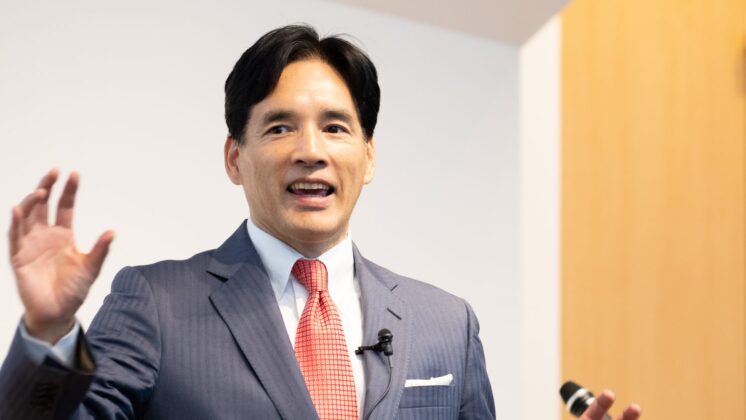The book is finally complete. Today, the revision of the galley proof was finished and sent out. Now all that remains is a three-month wait until the release date. I’m excited about what kind of reaction it will earn.
What follows is the preface of the book, My Personal Mission Statement.
***
My Personal Mission Statement, from inception to publishing, took me over five years.
The first time I thought I would write a book was in March of 1996. I gave up the idea of publishing at one point in 1997, because I didn’t want to draw attention to myself. When you write a book, people tend to refer to you as overconfident or an attention-seeker. Furthermore, I could be falsely accused of using a book as a marketing tool. While that definitely wasn’t my intention, I could not bear the thought of people mistrusting my motives. For my part, I am a corporate manager and a venture capitalist; I don’t write for a living. So giving up on writing a book was not such a difficult decision for me.
However, on reaching forty, I got to thinking to myself, “Was it really such a good idea to decide not to publish my book simply because I didn’t want my intentions to be misunderstood? Haven’t I been inspired many times, even now, by reading books written by other people? Isn’t it true that, thanks to the courage and enthusiasm of these authors in putting pen to paper, I have learned so many lessons about life and become the man I am today? I owe a great deal of thanks to books.” I began thinking, “From now on, instead of just taking from books, I must use the medium of books to give something back.”
In the background to all of this, Japan had started heading in a very troubling direction. Problems were mounting relating to politics, economics, technology, finance, and education. At study sessions attended by my contemporaries, lively debates took place on exactly what sort of role we were expected to perform in society. Our consensus was something like this: “As the generation who will be responsible for sustaining Japan, we must accept personal responsibility, rise up, and act. If we don’t say what needs to be said, Japan will reach the point of no return. Let’s stand up! Doing nothing would be irresponsible and a crime of omission.” That was what we decided.
In October 2001 I finally got this book project back on track. I resolved to invest my time and energy and to write the book from beginning to end. For someone like me who doesn’t write for a living, this was an immense undertaking. I felt a little embarrassed to expose myself like this; I nevertheless pushed myself to write the book, telling myself that, as an entrepreneur, I have to always present my way of thinking to the world.
All the books I had written in the past, such as MBA Management Book, The Case-Method Approach to Strategic Entrepreneurship, Venture Management Revolution, and Career Designs That Succeed, were co-authored with other writers and exclusively focused on business. In this way, rather than offering my own personal way of thinking, I had concentrated on delivering a general framework to my readers. In this new book, I would write down in one volume everything I have had in my mind up until the present day. I toyed with the idea of employing a ghostwriter, but ultimately decided to write every single letter and comma myself.
This book is written based on the period of my life starting from my acceptance into Harvard Business School (HBS) at the end of March 1989 to the end of 2001, and covers the way have I lived, my experiences, and the thoughts I have had during this twelve-year period. In the first three chapters, I have traced my journey and what I was thinking from the time I was working at a trading company, to studying abroad, and then founding a company. In Chapter 4, I elaborate on the philosophy of GLOBIS. In the fifth chapter, I lay out my vision for the “The Society-recognized Business School Model.” To be exact, the book begins with a discussion on acquiring a Master of Business Administration and ends with a discussion about creating an MBA course. As the title suggests, this book is constructed exactly along the lines of “My Personal Mission Statement—Learn from MBA, Create MBA.” As a appendix, I put some of the columns I have been writing on homepage at the end of book.
So, I ask you, the reader, to judge the content of this book and how it might be useful for you. From my own perspective, this book is barely worth mentioning in the same breath as the many books that have inspired me, but I would be delighted if it could somehow provide guidance to you.



